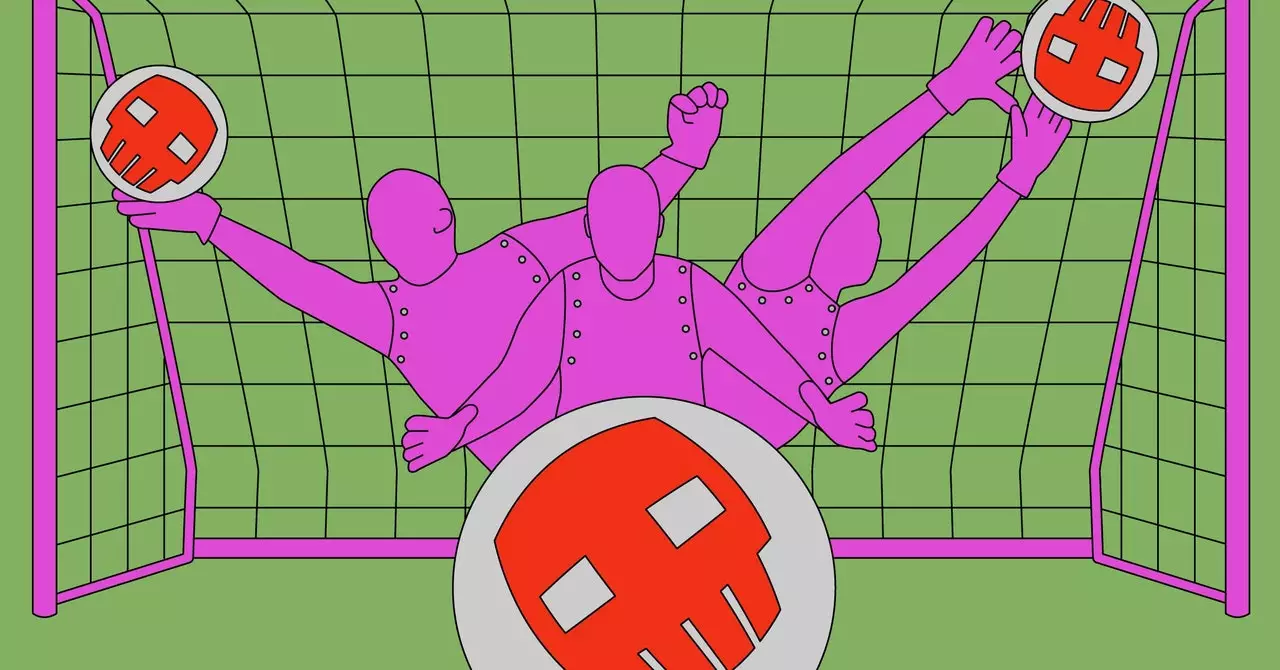With the rise of open source AI models like Meta’s Llama 3, concerns have been raised about the potential for these models to be tampered with and used for harmful purposes. Researchers at the University of Illinois Urbana-Champaign, UC San Diego, Lapis Labs, and the Center for AI Safety have developed a new training technique to make it more difficult to remove safety restrictions from AI models in the future. This approach could have significant implications as AI continues to become more powerful and widely accessible.
According to experts in the field, the ease of repurposing AI models poses a significant risk, particularly in the hands of malicious actors such as terrorists and rogue states. As powerful AI models are released to the public, there is a growing need to prevent them from being manipulated for nefarious purposes. The new technique aims to raise the bar for “decensoring” AI models, making it more challenging for adversaries to modify them to bypass safety measures.
While the new approach is a step in the right direction, it is not without its challenges. Researchers acknowledge that the technique is not foolproof and that further research is needed to develop more robust safeguards for AI models. However, the potential for tamper-resistant safeguards is promising, and could lead to a greater focus on security and safety in the development of open source AI.
As interest in open source AI continues to grow, the need for tamperproofing mechanisms becomes increasingly apparent. Open models are now competing with closed models from companies like OpenAI and Google, highlighting the importance of ensuring the security and integrity of these models. With the US government taking a cautious but positive approach to open source AI, there is a recognition of the need to monitor for potential risks while still promoting the wide availability of open models.
Not everyone in the AI community is in favor of imposing restrictions on open models. Some, like Stella Biderman of EleutherAI, argue that while the new technique is elegant in theory, it may be difficult to enforce in practice. Biderman also raises concerns about how this approach aligns with the principles of free software and openness in AI, suggesting that a more nuanced approach may be needed to address the core issues at hand.
The development of tamperproofing techniques for open source AI models represents a significant step forward in promoting the security and integrity of these powerful systems. While challenges remain, the potential for more robust safeguards in the future offers hope for a safer and more responsible approach to AI development and deployment.


Leave a Reply